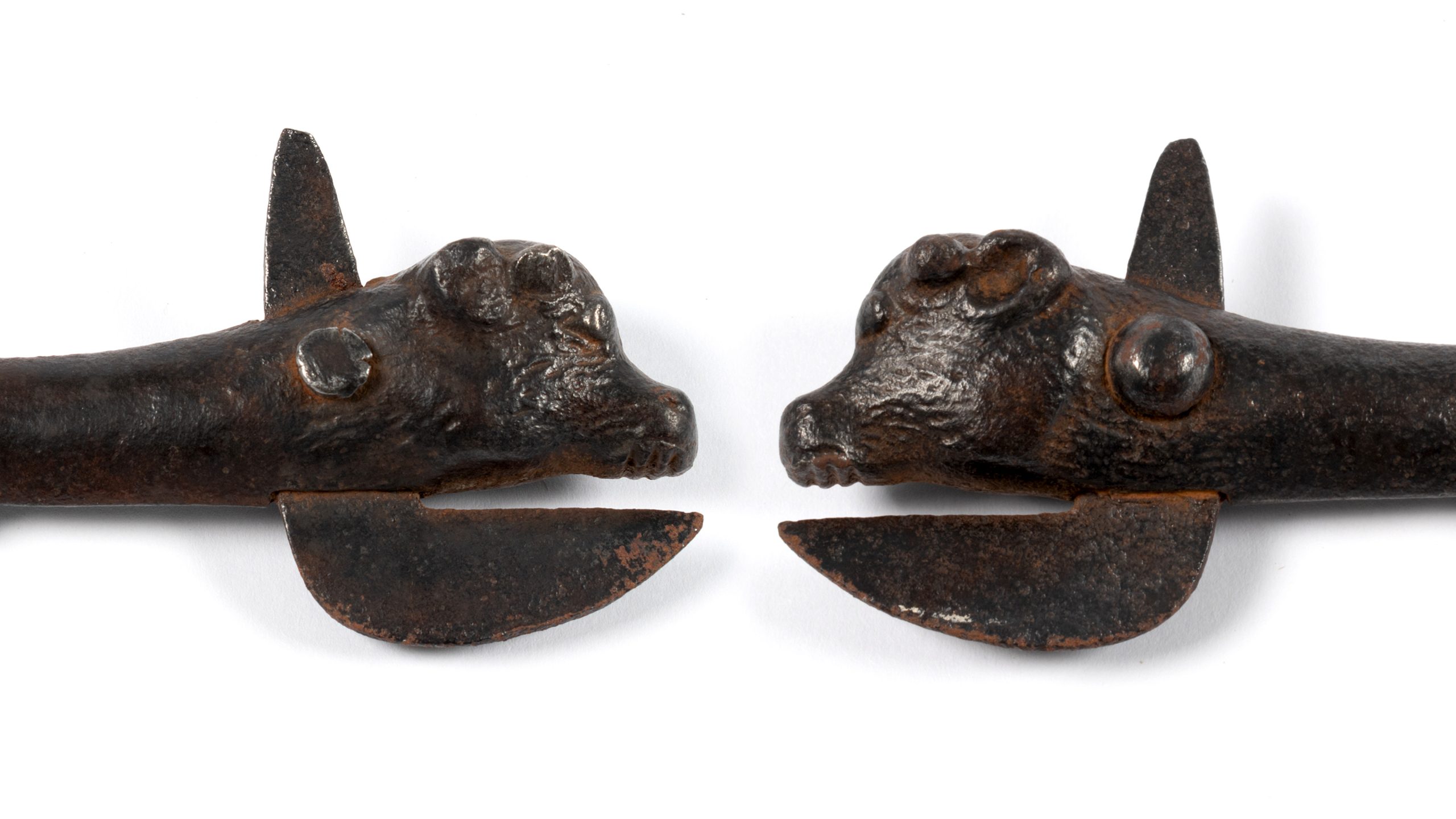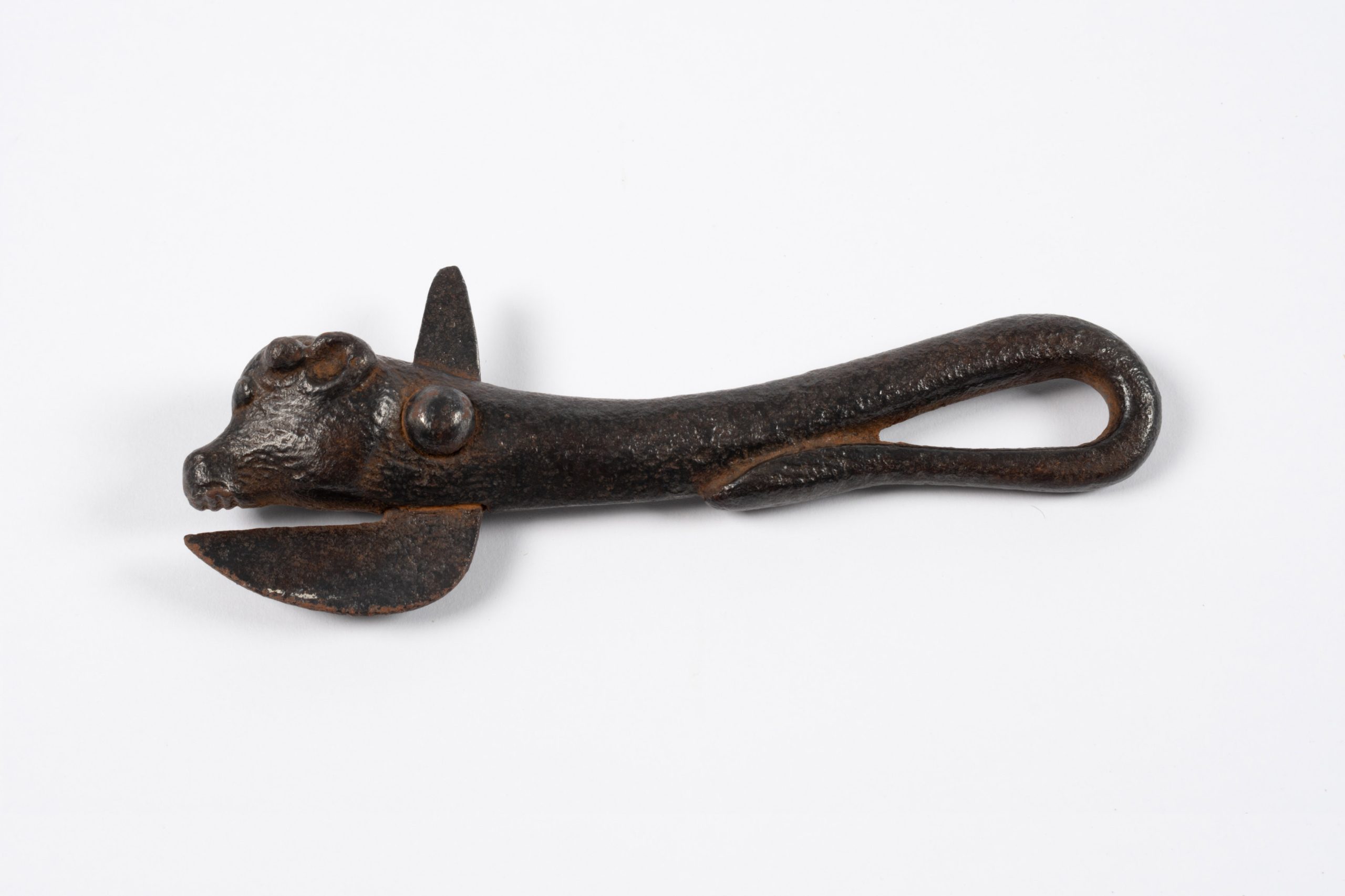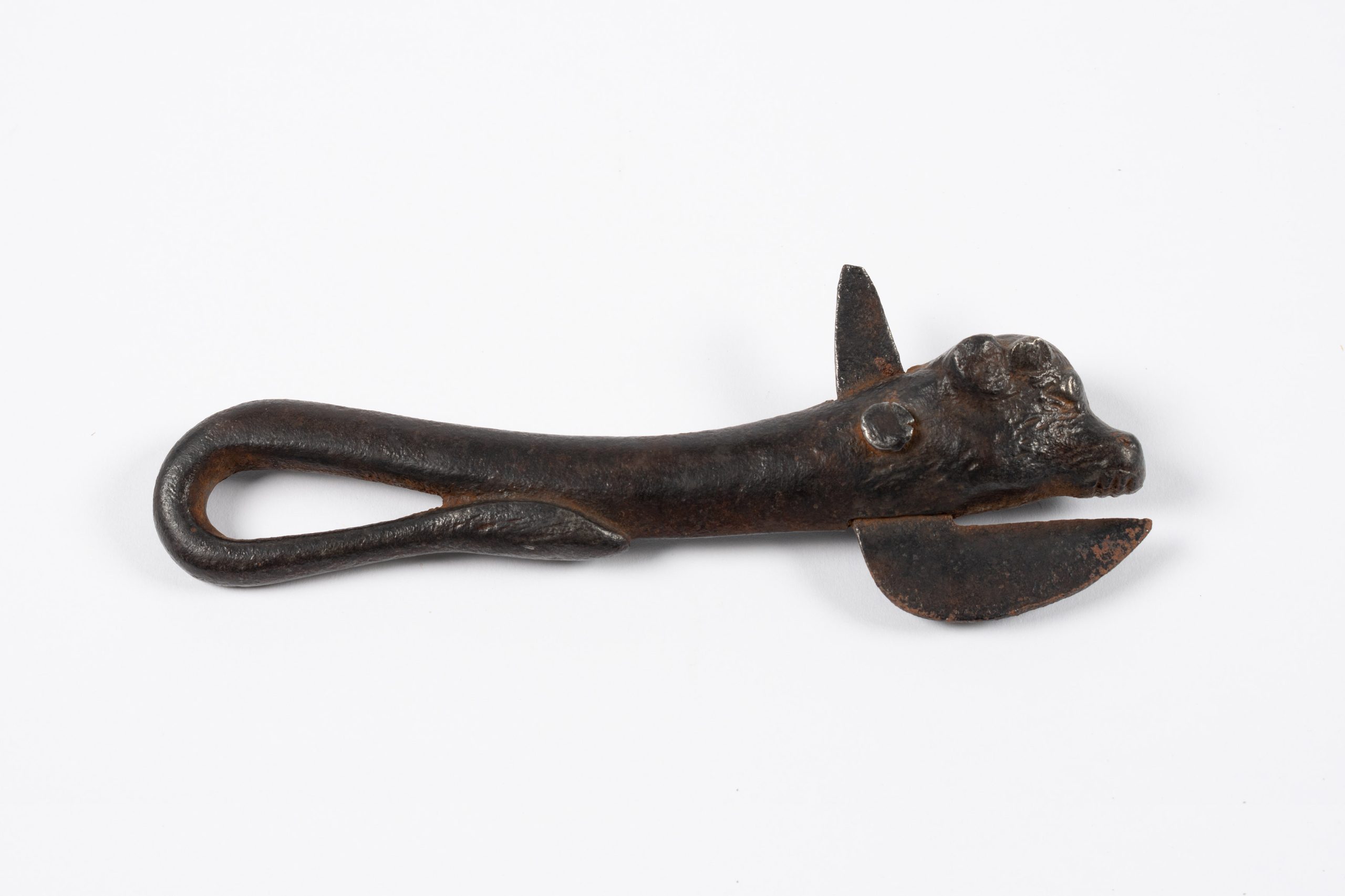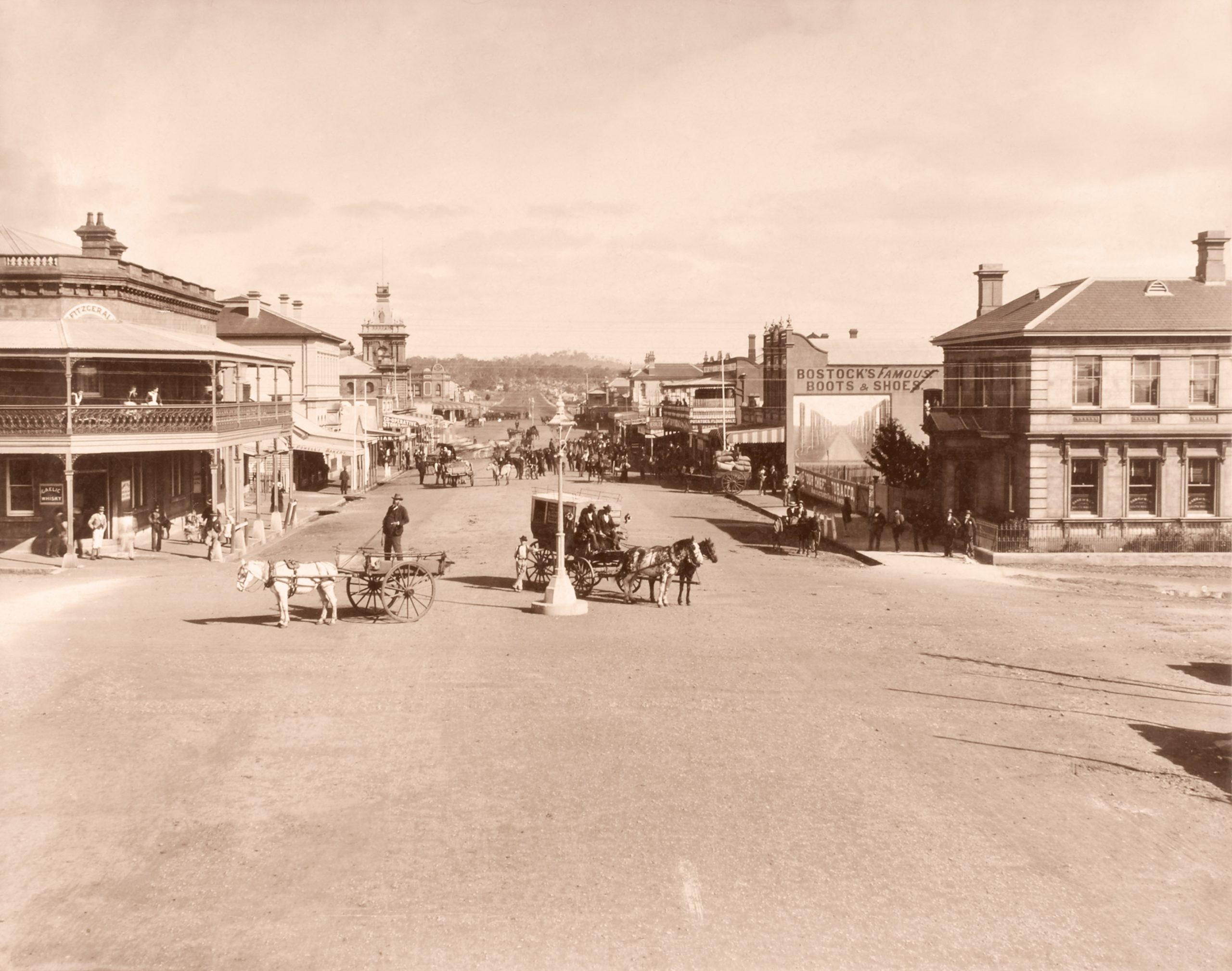Getting to the Goods
A Brief History of the Noble Can Opener
When food was first canned in the early 1800s, manufacturers spent a long time working out how to preserve the contents while giving little thought to how one might get to the goods inside.
Early cans were thick and heavy, sometimes weighing more than their contents. Made from wrought iron and lined with tin, the lids were soldered shut so manufacturers advised consumers to open them with a hammer and chisel.
By the 1850s, thin sheets of steel were used for the tins. As a result, canned foods became more popular. Then in 1855, Robert Yates, a cutlery and surgical instrument maker, patented one of the first tin openers in England. It was a simple lever, shaped like a claw.
The bull’s head tin opener is based on Yates’ design and was manufactured in England in 1865. Meat was the first and most popular product to be canned, so the bull’s head was a logical shape. The opener is made from cast iron with a replaceable steel blade.
The spike on the bull’s head was used to pierce the tin lid near the edge, then the ‘jaw’ of the bull was used to saw round the edge so the lid could be removed. Although the opener was an improvement from a hammer and chisel, the tin’s rim and lid remained jagged and dangerous.
More than a century after canned food first appeared, an opener was invented in the 1920s with the toothed-wheel crank design that we use today. Soon after, the bull’s head tin opener was discontinued.
After some bullheaded attempts, we can now rely on a smooth opening to our precious canned goods.






